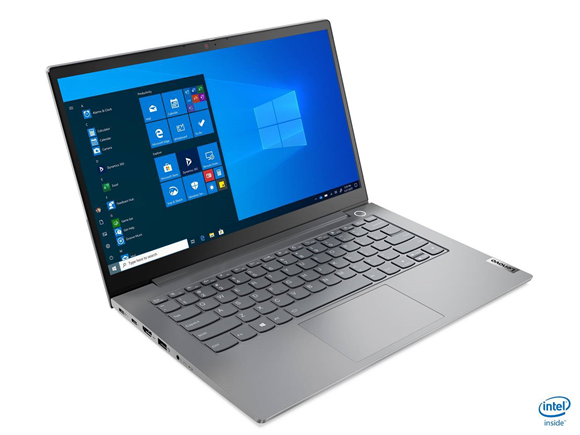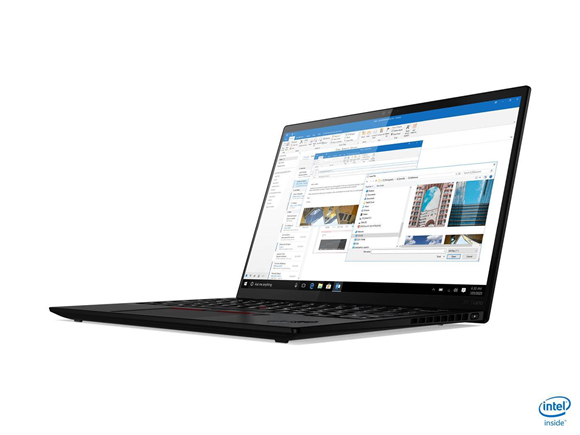Lenovo’s PC business has posted double-digit growth in its Australian channel and distribution thanks to investments in the midmarket.
Lenovo ANZ head of channel and distribution Sunny Gandhi told CRN that the PC and Smart Devices (PCSD) business’ introduction of the midmarket team has driven that growth, and has also been well received by both channel partners and distributors alike.
“It’s a very exciting time for us in [the midmarket] segment,” Gandhi said. “Previously, the midmarket was led by our channel partners and [Lenovo] didn’t have a direct engagement with the end customers.”
“We introduced the midmarket team basically because of partner feedback, where some partners told us they wanted us to be more active in the 250 to 1000-seat space,” he added.
“So what we did earlier in 2019 is we introduced this team to go and hunt business out in the marketplace, bring those opportunities back to the channel partners, work alongside the channel partners, and then close in on the opportunity.”
The new midmarket team also helped open up new markets, segments and end-customers Lenovo didn’t deal with previously.
In addition to partner feedback, Gandhi said Lenovo also looked at market trends, citing research from IDC that found the midmarket was very lucrative in terms of investing those resources and supporting the channel partners.

“Lenovo already had a user engagement team for our enterprise customers, or those with 1000 seats and above, but we were lacking in the mid-range so we thought it would be a good idea to invest in resources and tools to enable our partners to attack that particular segment of the market,” Gandhi said.
Gandhi also discussed the makeup of the various device types that sold well for its SMB, midmarket and enterprise customers over the past year.
“We saw demand and growth in mobility products like premium thin and light notebooks and mid-range notebooks, but on the flip side we also saw a decline in desktop as more people started working from home,” he said.
“[Our end users] wanted to collaborate, work from anywhere and not just be at their desks in the office, so we also saw an increase in headsets, accessories used for collaboration or for remote working or remote collaborating.”

The increase was felt especially during March and April when COVID-19 hit very hard in Australia. “But then after that big spike, it moved on to sustain the education space and later went to work-from-home users,” Gandhi said.
Lenovo also saw more interest in Device-as-a-Service from end customers and channel partners, where they have started wanting more flexible financial modelling available to them to be able to sustain or grow.






_(11).jpg&h=142&w=230&c=1&s=1)



.jpg&w=100&c=1&s=0)
_(8).jpg&w=100&c=1&s=0)









.jpg&q=95&h=298&w=480&c=1&s=1)


